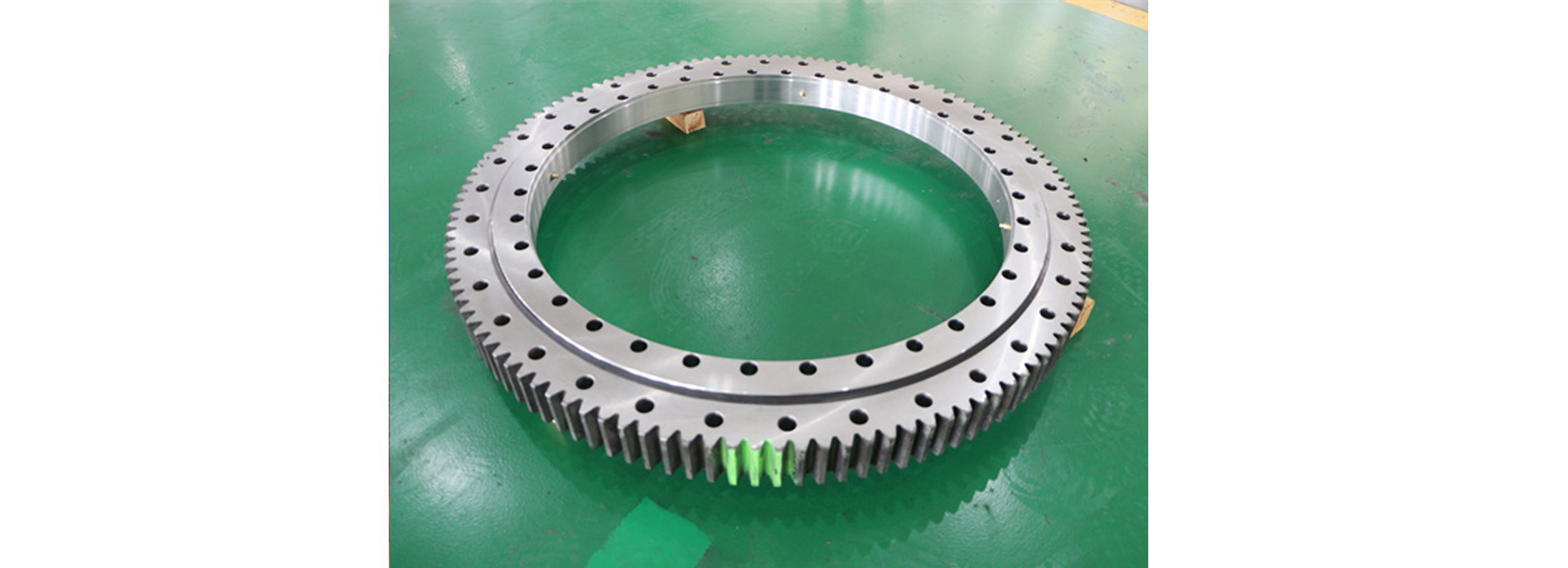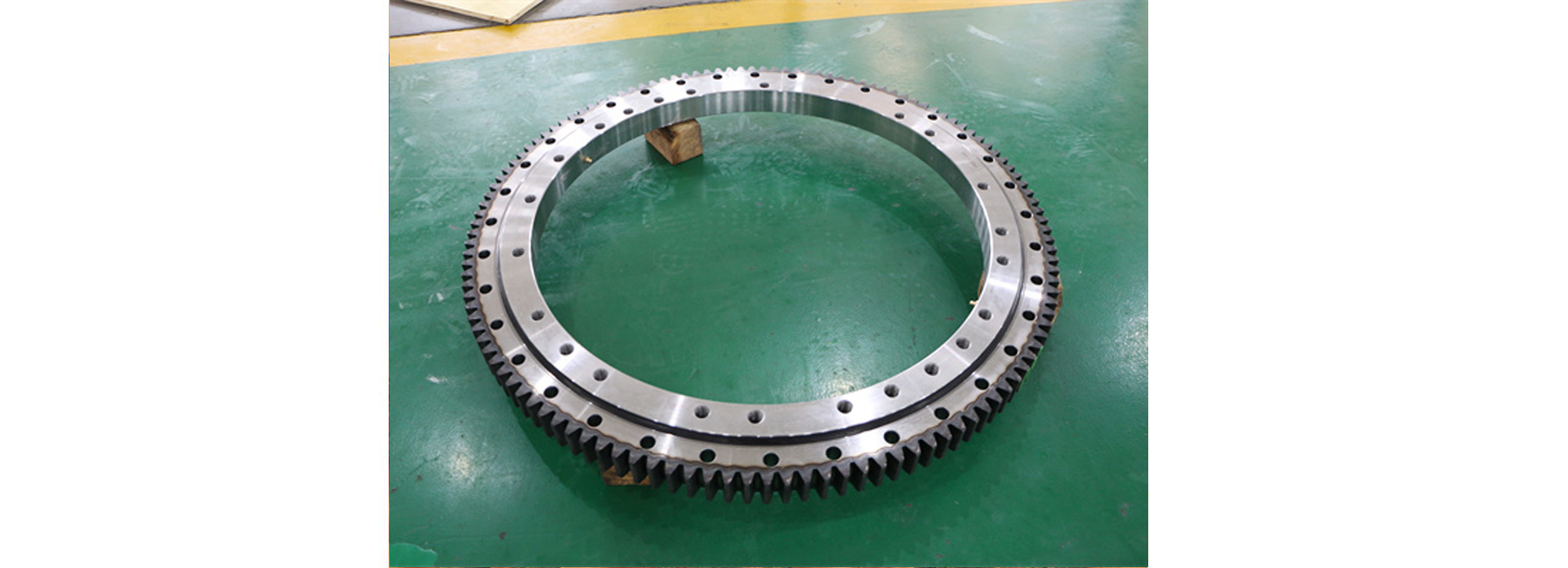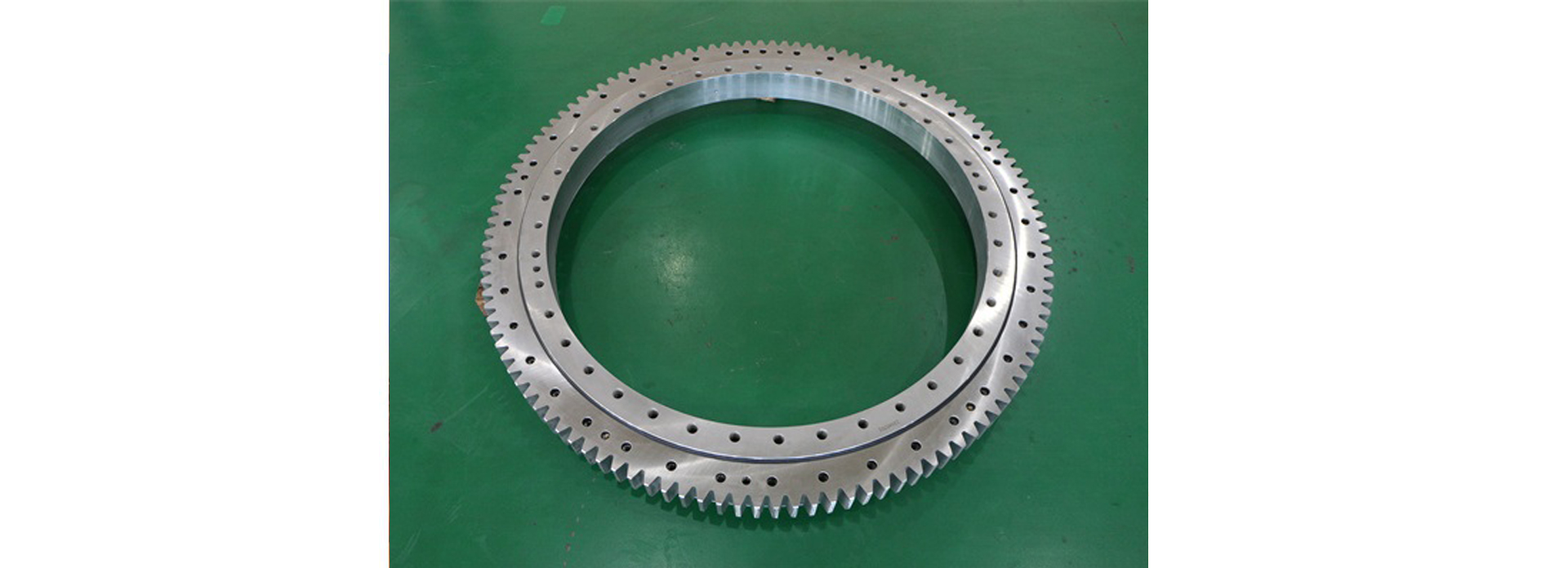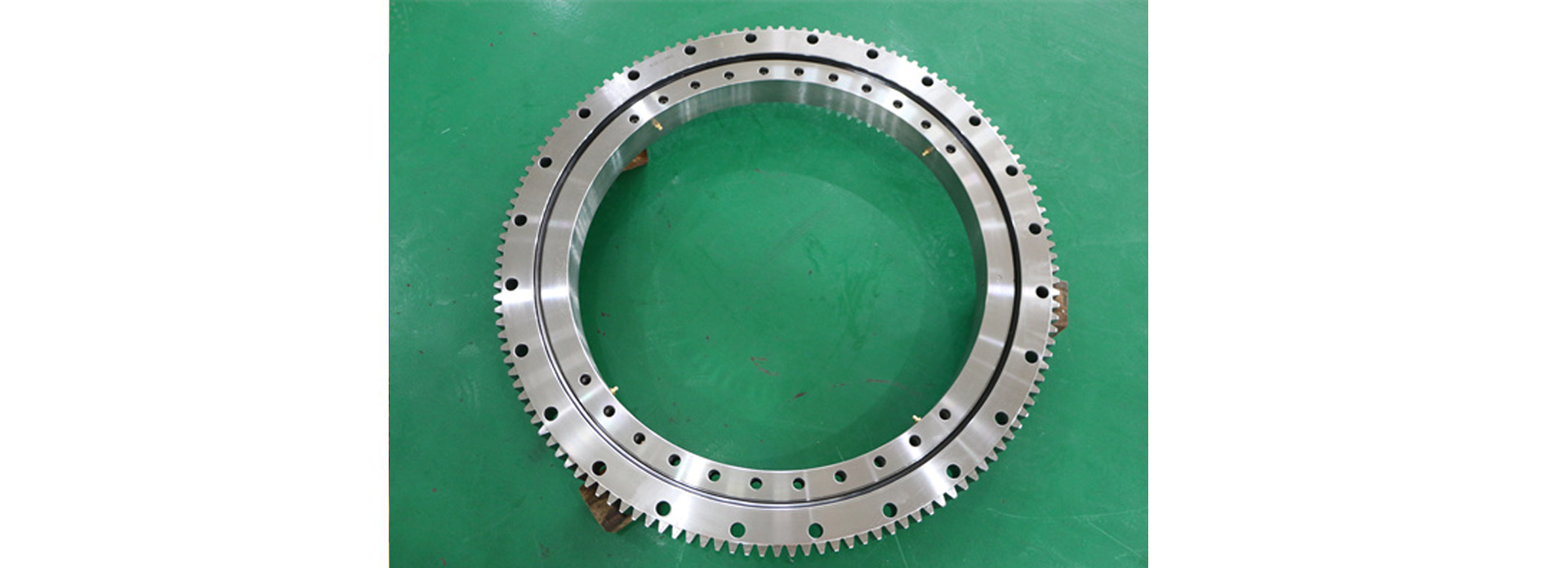Newsroom
What is the difference between a slewing bearing and a rolling bearing?
The differences between slew bearings and rolling bearings are significant in many aspects. These differences are not only reflected in structure and size, but also involve multiple dimensions such as load-bearing capacity, operating speed, and manufacturing process. These differences are explored in detail below.
Dimensions and structure
The size of slew bearings is usually larger, ranging from 0.4 meters to 10 meters in diameter, and even some models can reach 40 meters. This gives the slew bearing a greater ability to carry heavy loads. In comparison, the diameter of ordinary rolling bearings is usually smaller, generally no more than a few centimeters. Therefore, the design of slew bearings usually requires more complex structures to accommodate their huge size and load requirements.
The structural features of slew bearings include rolling elements (such as balls or rollers) between the inner and outer rings, and they are usually equipped with lubricating oil holes and sealing devices to prevent external contaminants from entering the inside of the bearing. Ordinary rolling bearings are relatively simple. They are mainly composed of an inner ring, an outer ring and a cage. The design focuses more on miniaturization and lightweight.

Carrying capacity
Slewing bearings have extremely high load-bearing capacity and can bear axial load, radial load and overturning moment at the same time. This feature allows one set of slew bearings to replace the functions of multiple sets of ordinary rolling bearings, especially in applications that need to handle complex loads. For example, in heavy machinery such as cranes and excavators, slew bearings can effectively support heavy objects and resist overturning moments.
Relatively speaking, ordinary rolling bearings are mainly used to bear loads in one direction, and their design is not suitable for handling loads in multiple directions at the same time. Therefore, under high loads or complex working conditions, ordinary rolling bearings may not be able to meet the requirements.

Operating speed and movement mode
The operating speed of slew bearings is usually low, generally below 10 revolutions per minute. In most cases, they do not rotate continuously, but rotate back and forth within a limited angle. This mode of motion is called "oscillating motion". This characteristic makes slew bearings ideal for applications requiring high-precision positioning and stability, such as radar systems and heavy machinery.
In contrast, ordinary rolling bearings are designed to rotate at high speeds, so they can operate at thousands of revolutions per minute. They provide low friction and high efficiency in many applications, but are not as effective as slew bearings where low speeds and high loads are required.

Manufacturing processes and materials
There are also significant differences between slew bearings and rolling bearings in terms of manufacturing processes, material selection and heat treatment. Since slew bearings need to meet higher load requirements, their materials are usually made of high-strength alloy steel and undergo special heat treatment to enhance their wear resistance and strength. In addition, high precision needs to be ensured during the manufacturing process to ensure stable operation under heavy loads.
Although ordinary rolling bearings also use high-strength materials, their manufacturing processes are relatively simple because they are mainly aimed at miniaturization and standardized products. Therefore, in terms of material selection and processing accuracy, the requirements for ordinary rolling bearings are relatively low.

Installation method
Due to their large size, slew bearings usually do not use the traditional set method, but are fixed on the upper and lower supports through screws. This installation method not only enhances stability but also facilitates maintenance. Ordinary rolling bearings are usually mounted on a spindle and fixed to the casing through the outer ring. The installation process is relatively simple.
Application areas
Due to the above characteristics, slew bearings are widely used in various heavy machinery and equipment, such as construction machinery, port cranes, wind power generation equipment, etc. These fields have extremely high requirements on the stability and reliability of equipment, so slew bearings have become an indispensable and important component. Ordinary rolling bearings are widely used in motors, automobiles, household appliances and other fields. These applications focus more on lightweight and high-speed performance.
Conclusion
To sum up, there are significant differences between slewing bearings and ordinary rolling bearings in many aspects, including size, structure, load-bearing capacity, operating speed, manufacturing process and application fields. These differences allow the two to play important roles in different situations. When selecting suitable bearings, the type of bearing to use should be determined based on the specific application needs to ensure optimal equipment performance.


